Home>Furniture & Design>Living Room Furniture>How Big Should A Light Over A Dining Table Be
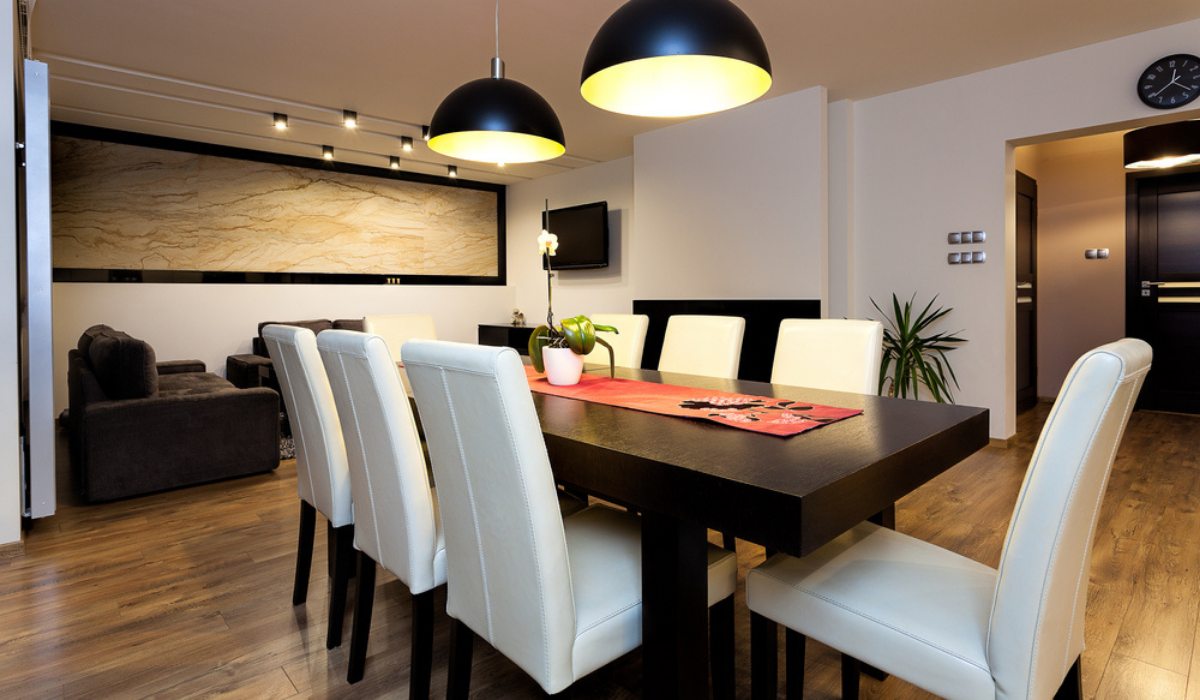

Living Room Furniture
How Big Should A Light Over A Dining Table Be
Modified: February 18, 2024
Discover the perfect light size for your dining table with our expert guide. Explore living room furniture and design tips for a stylish home.
(Many of the links in this article redirect to a specific reviewed product. Your purchase of these products through affiliate links helps to generate commission for Storables.com, at no extra cost. Learn more)
Introduction
When it comes to designing a dining room, the lighting is a crucial element that can significantly impact the ambiance and functionality of the space. The dining table serves as the focal point of the room, and the lighting fixture above it plays a key role in enhancing the overall aesthetic appeal while providing adequate illumination for dining and social gatherings. Selecting the right size for a light over a dining table involves a careful balance of practicality and design aesthetics. This article delves into the essential factors to consider and sizing guidelines to help you make an informed decision when choosing a light fixture for your dining area.
Key Takeaways:
- Choose a light fixture that is one-third to one-half the width of your dining table for a balanced look. Consider the room size and ceiling height to ensure the fixture complements the space without overwhelming it.
- When selecting a light fixture, consider the design style, material, and shape to harmonize with your dining room’s aesthetic. Look for dimming capabilities for added versatility in lighting.
Read more: How Big Should A Dining Room Be?
Factors to Consider
Several factors come into play when determining the appropriate size of a light fixture for a dining table. Understanding these factors is crucial in ensuring that the chosen fixture not only complements the overall design of the room but also meets the practical lighting needs of the dining space.
- Table Size: The dimensions of the dining table are a primary consideration when selecting a light fixture. The width and length of the table will influence the size and shape of the lighting element that will best suit the space.
- Ceiling Height: The height of the ceiling above the dining table is a critical factor in determining the appropriate suspension length for the light fixture. Taller ceilings may accommodate larger or more elaborate fixtures, whereas lower ceilings require more compact designs to avoid overwhelming the space.
- Room Proportions: The overall size and layout of the dining room should be taken into account. A spacious dining area may warrant a larger fixture to create a balanced visual impact, while a smaller room may benefit from a more modestly sized fixture to maintain proportionality.
- Design Style: The existing decor and design theme of the dining room play a significant role in the selection of a light fixture. Whether the space features a modern, traditional, rustic, or eclectic aesthetic, the lighting should harmonize with the overall style to contribute to a cohesive and inviting atmosphere.
- Lighting Intensity: Consider the desired brightness and distribution of light. Different types of light fixtures, such as chandeliers, pendant lights, or linear suspensions, offer varying levels of illumination. The intended use of the dining area, whether for intimate dinners or large gatherings, will influence the choice of lighting intensity.
- Personal Preference: Ultimately, personal taste and preference play a significant role in the selection process. Whether you prefer a statement-making centerpiece or a more understated lighting fixture, your individual style and vision for the dining space should guide the decision-making process.
By carefully considering these factors, you can make an informed decision when choosing the size and style of a light fixture for your dining table, ensuring that it not only fulfills practical lighting needs but also enhances the visual appeal of the room.
Sizing Guidelines
Choosing the right size for a light fixture over a dining table involves a thoughtful approach to ensure that it complements the space without overwhelming it. While there are no strict rules, several guidelines can help you determine the appropriate dimensions for the fixture based on the size and layout of the dining area.
- Width and Length: The width and length of the dining table play a pivotal role in determining the size of the light fixture. As a general guideline, the diameter or width of the fixture should be approximately one-third to one-half the width of the table. For rectangular or oval tables, the length of the fixture should ideally be around one-half to two-thirds the table’s length.
- Ceiling Height: In spaces with standard ceiling heights (8 to 10 feet), the bottom of the light fixture should typically hang 30 to 36 inches above the table surface. For higher ceilings, the fixture can be positioned slightly higher, but it’s essential to maintain a balanced visual relationship between the fixture and the table below.
- Room Size: Consider the overall size of the dining room when selecting a light fixture. In larger rooms, a substantial fixture can create a striking focal point, while in more compact spaces, a smaller or more streamlined design may be more suitable to maintain proportionality.
- Multiple Fixtures: If the dining area is particularly large or the table is elongated, consider using multiple smaller fixtures or a linear suspension to provide adequate coverage and visual balance. This approach can also add a sense of symmetry and cohesion to the space.
- Layered Lighting: In addition to the central fixture, incorporating supplementary lighting such as wall sconces or recessed lights can contribute to a well-rounded and adaptable lighting scheme, allowing for different levels of illumination based on the occasion and mood.
These sizing guidelines serve as a helpful starting point when selecting a light fixture for your dining table. However, it’s important to approach the process with flexibility and adaptability, taking into account the unique characteristics of your dining space and your personal design preferences.
A good rule of thumb is to choose a light fixture that is about 1/2 to 2/3 the width of the dining table. This will provide balanced lighting and a visually appealing look.
Design Considerations
When choosing a light fixture for a dining table, it’s essential to consider not only the practical and proportional aspects but also the design elements that can elevate the aesthetic appeal of the space. The right fixture can serve as a captivating focal point while seamlessly integrating with the overall design scheme of the dining room.
- Style and Theme: The design of the light fixture should harmonize with the overarching style and theme of the dining room. Whether your space exudes a contemporary vibe, a classic elegance, or a rustic charm, selecting a fixture that complements the existing decor can contribute to a cohesive and visually appealing ambiance.
- Material and Finish: The material and finish of the fixture can significantly impact its visual presence. From sleek metals to natural textures such as wood or woven materials, the choice of material should align with the overall design palette of the room, adding depth and character to the space.
- Shape and Silhouette: The shape of the fixture can accentuate the visual dynamics of the dining area. Whether you opt for a striking geometric silhouette, a graceful linear design, or a more organic form, the shape of the fixture can contribute to the overall visual interest and cohesiveness of the space.
- Dimming Capabilities: Consider fixtures that offer dimming capabilities to provide flexibility in adjusting the light intensity based on different occasions and moods. Dimmable lighting not only enhances the ambiance but also adds a layer of versatility to the dining space.
- Statement or Subtle: Determine whether you want the light fixture to make a bold statement as a focal point or to seamlessly blend into the background as a more subtle yet essential element of the room. Both approaches can have a significant impact on the overall atmosphere of the dining area.
- Visual Impact: Assess how the chosen fixture will visually interact with other elements in the room, such as artwork, furniture, and architectural features. A well-chosen fixture can enhance the visual depth and cohesiveness of the dining space, creating a captivating and inviting environment.
By considering these design elements, you can select a light fixture that not only meets the practical lighting needs of the dining area but also contributes to the overall aesthetic appeal and ambiance of the space, creating a welcoming and visually engaging environment for dining and social gatherings.
Conclusion
Choosing the right size and design for a light fixture over a dining table is a multifaceted endeavor that involves a delicate balance of practicality, aesthetics, and personal preference. By taking into account factors such as table size, ceiling height, room proportions, and design style, you can make an informed decision that enhances both the functionality and visual appeal of the dining space.
Adhering to sizing guidelines that consider the dimensions of the table, ceiling height, and room size can help ensure that the chosen fixture complements the space without overwhelming it. Additionally, incorporating design considerations such as style, material, shape, and dimming capabilities can elevate the overall ambiance of the dining room, creating a cohesive and visually captivating environment.
Ultimately, the ideal light fixture for a dining table seamlessly integrates with the existing design theme, serves as a compelling focal point, and provides adaptable illumination to accommodate various dining experiences and social gatherings. Whether you opt for a statement-making chandelier, a cluster of pendant lights, or a sleek linear suspension, the chosen fixture should reflect your personal style while enhancing the functionality and visual allure of the dining area.
By carefully considering the diverse aspects of sizing, design, and practicality, you can select a light fixture that not only illuminates the dining table but also enriches the overall dining experience, creating a welcoming and aesthetically pleasing space for shared meals, celebrations, and cherished moments with family and friends.
Frequently Asked Questions about How Big Should A Light Over A Dining Table Be
Was this page helpful?
At Storables.com, we guarantee accurate and reliable information. Our content, validated by Expert Board Contributors, is crafted following stringent Editorial Policies. We're committed to providing you with well-researched, expert-backed insights for all your informational needs.
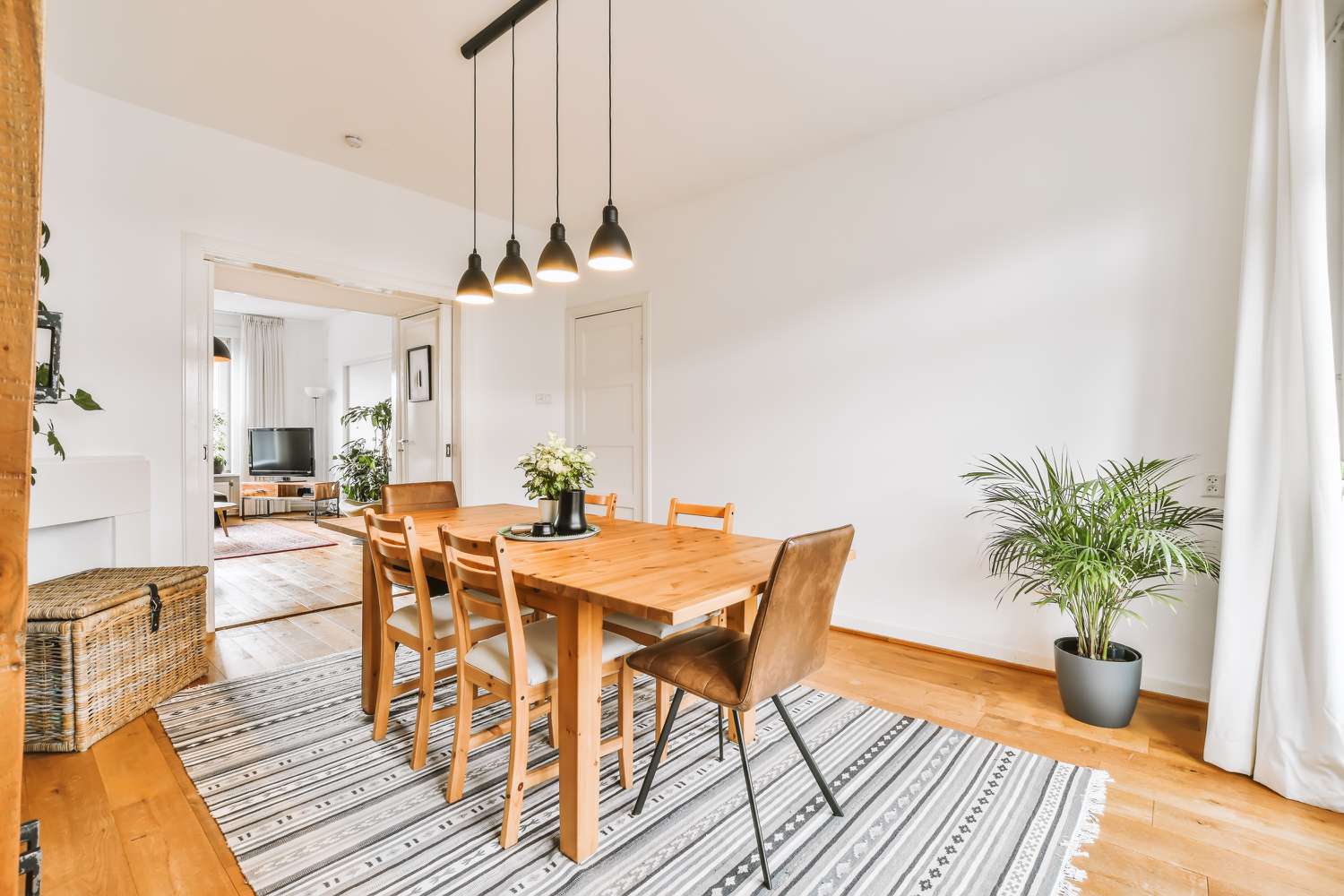
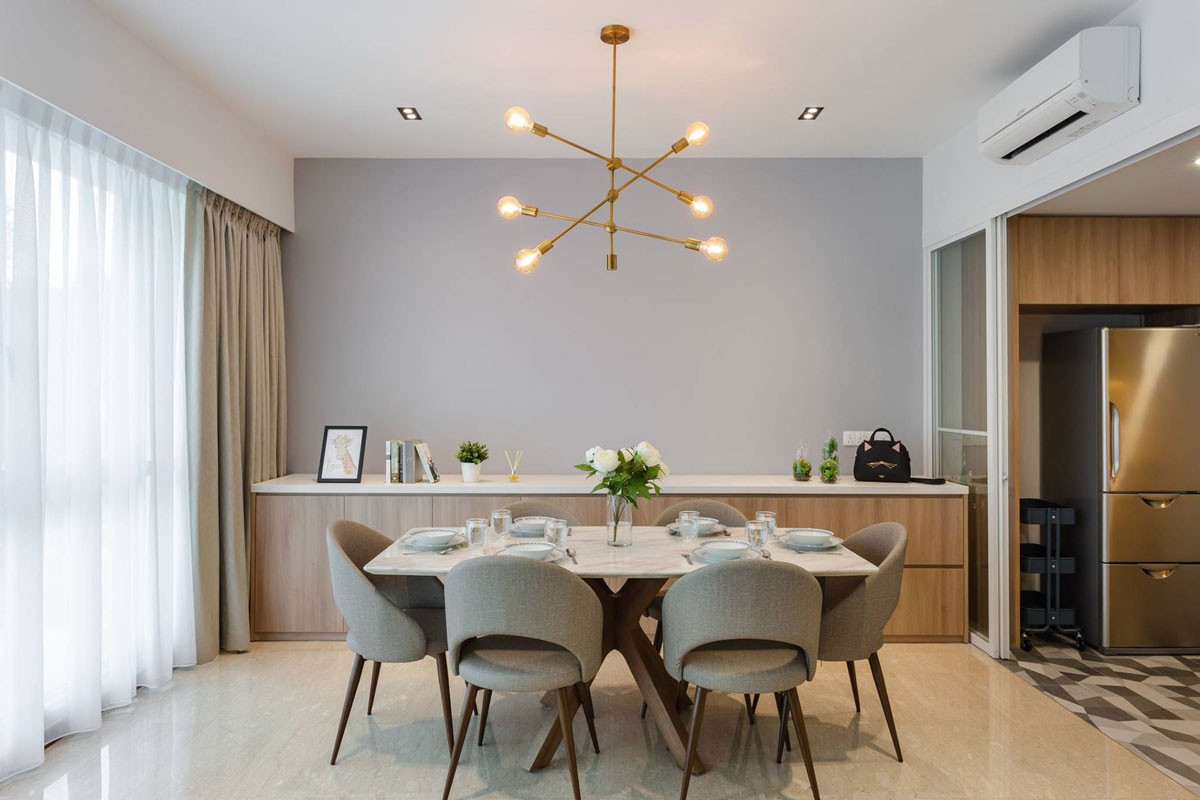
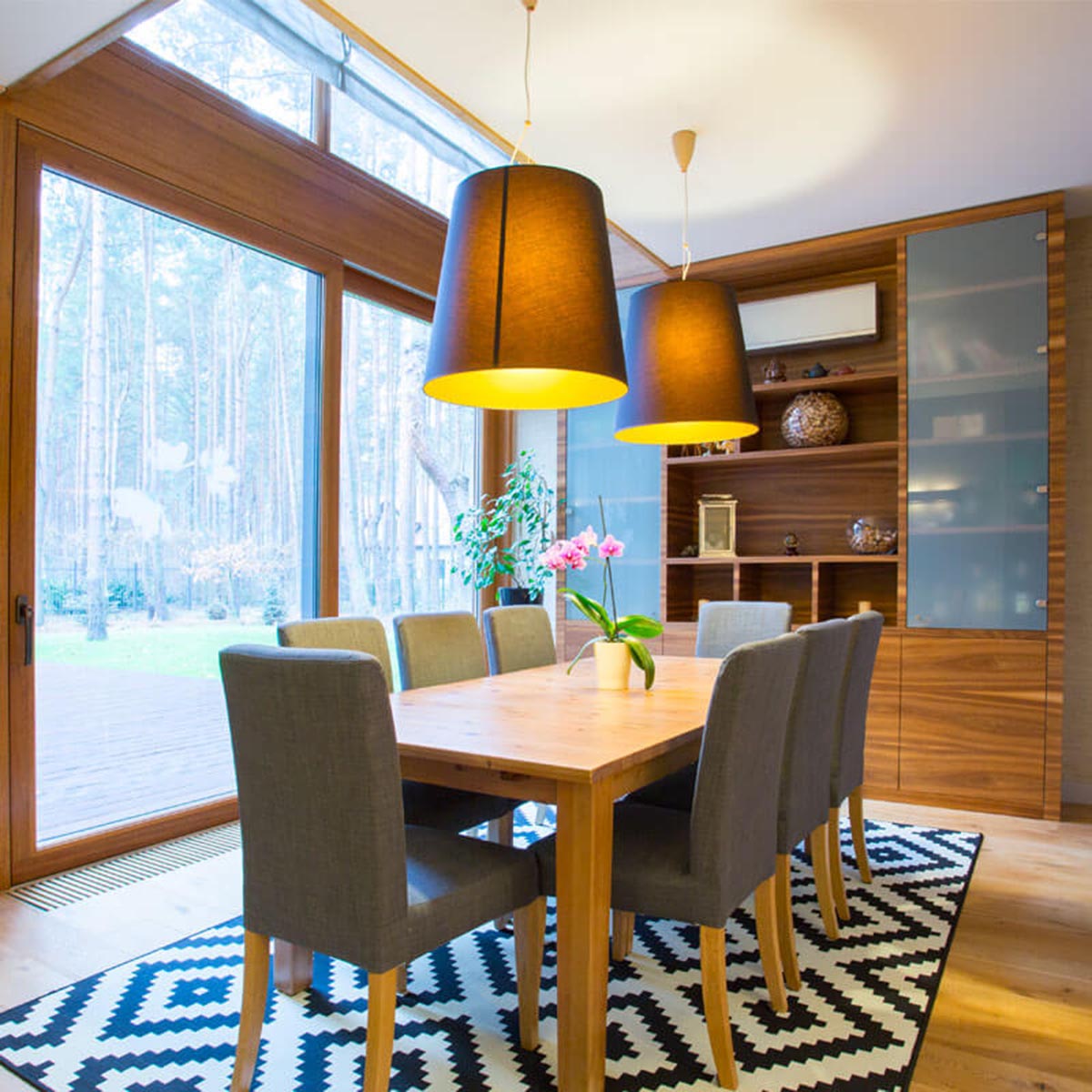
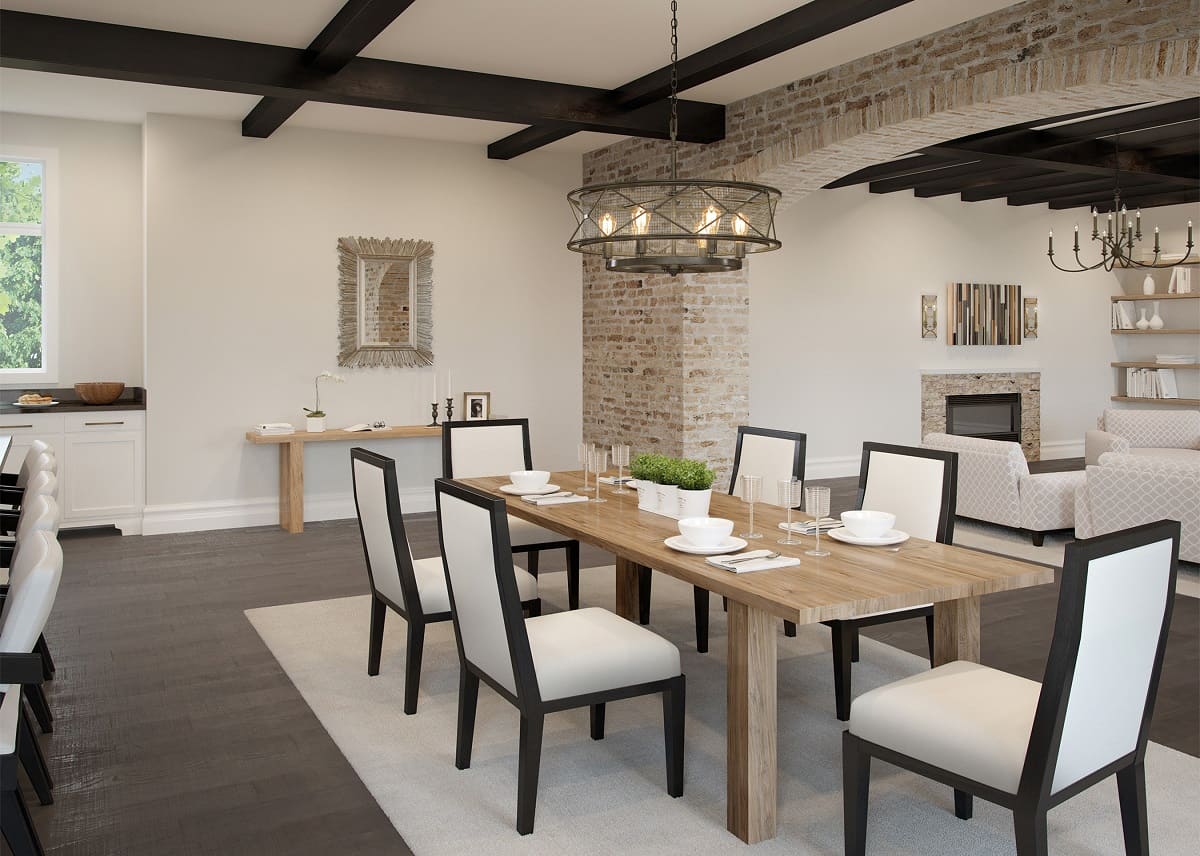
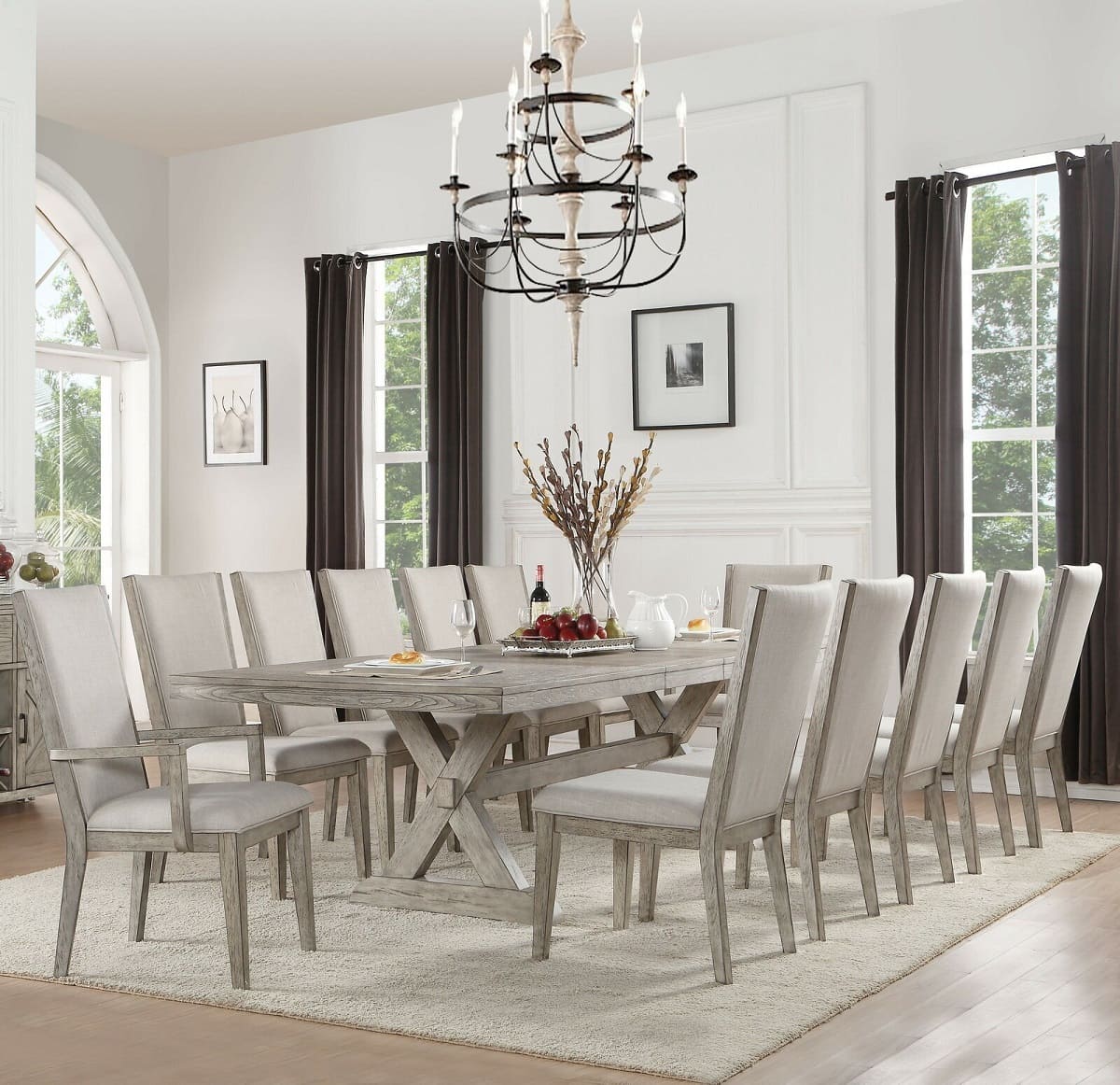
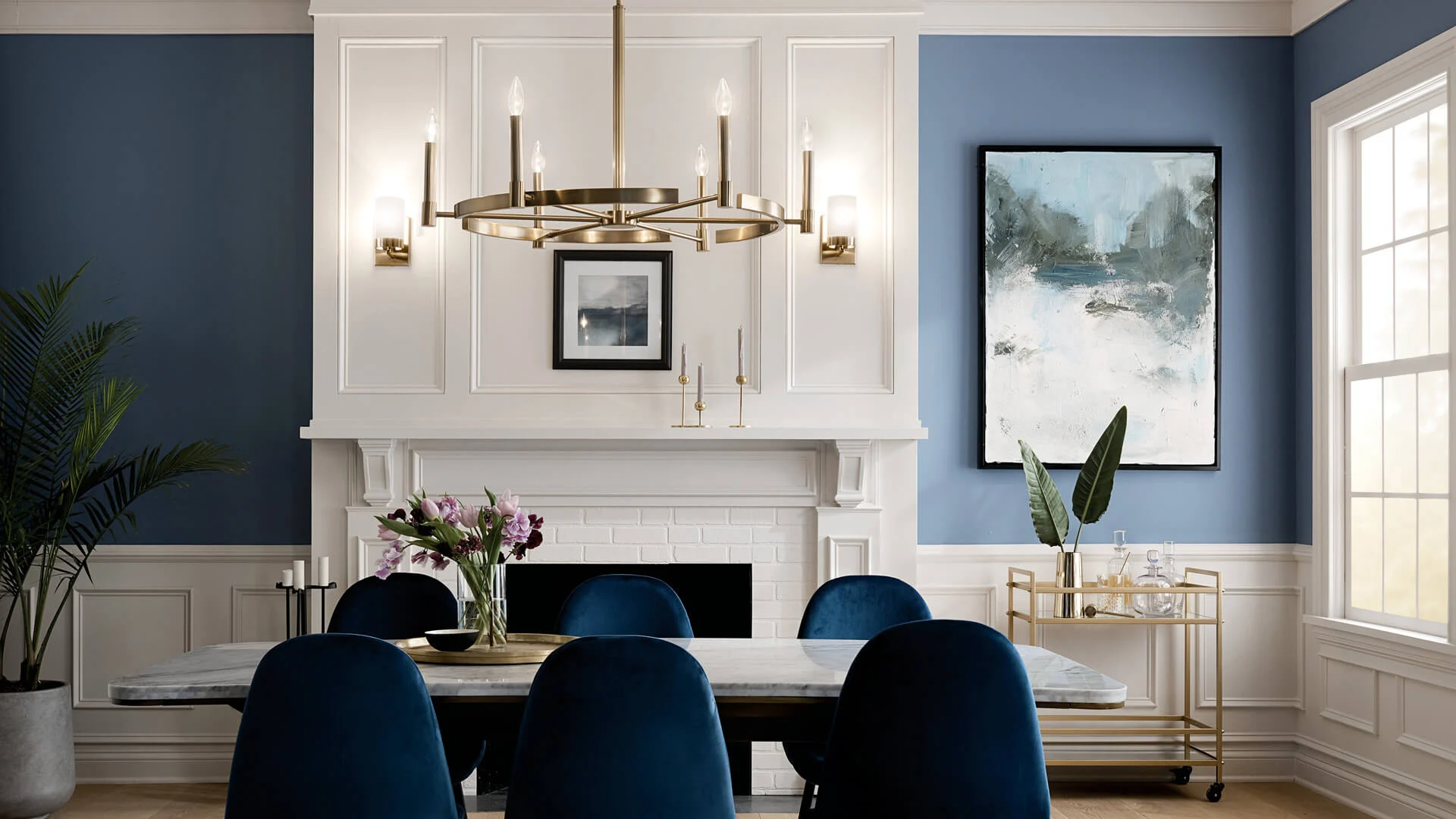
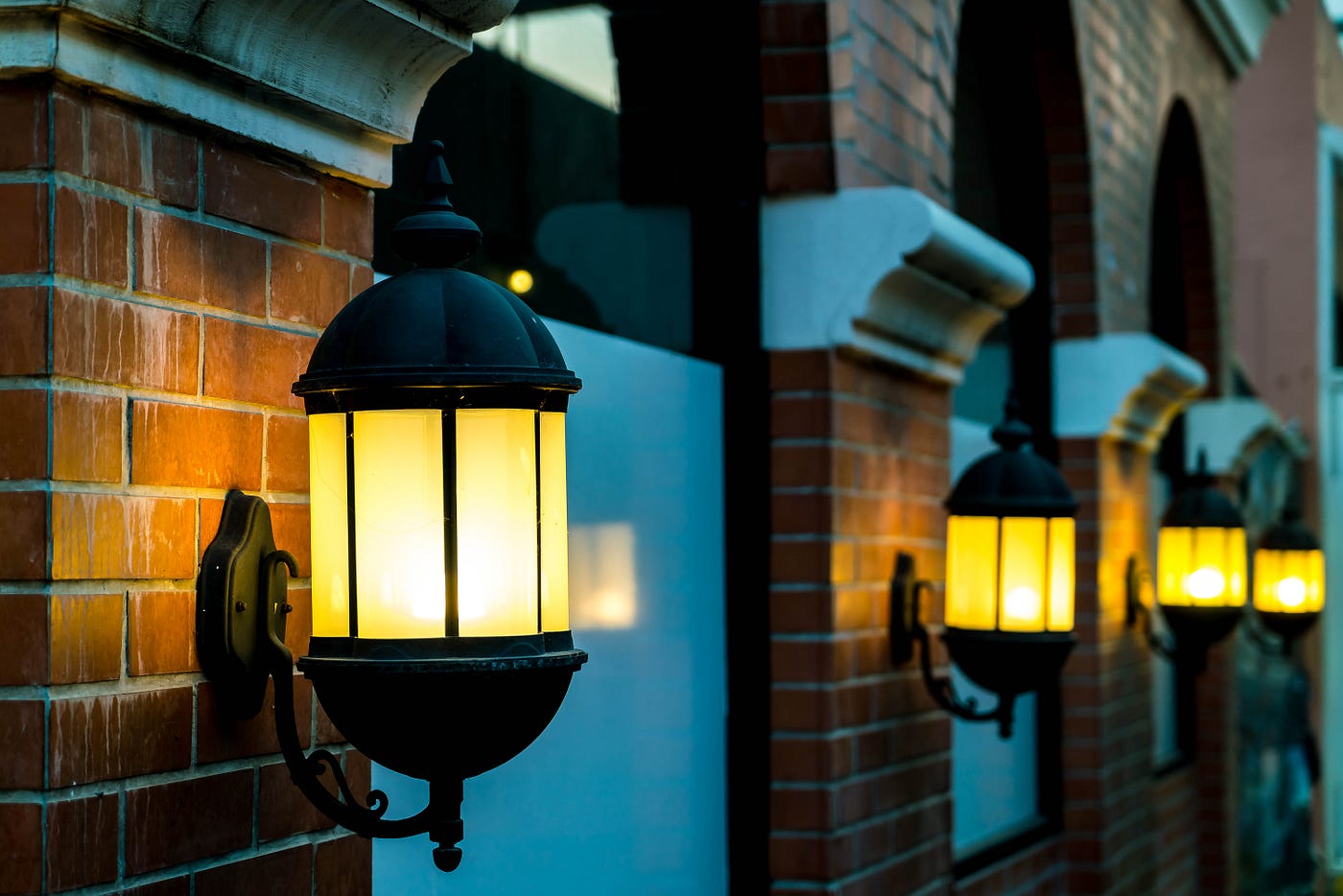
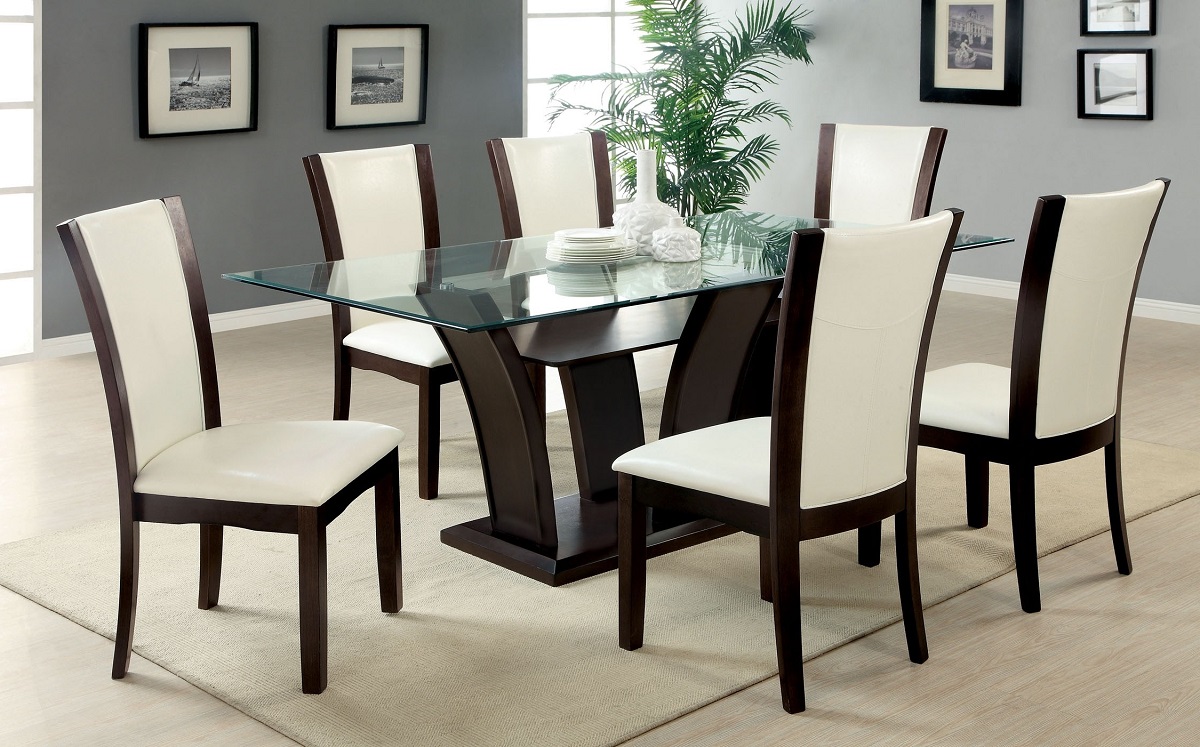
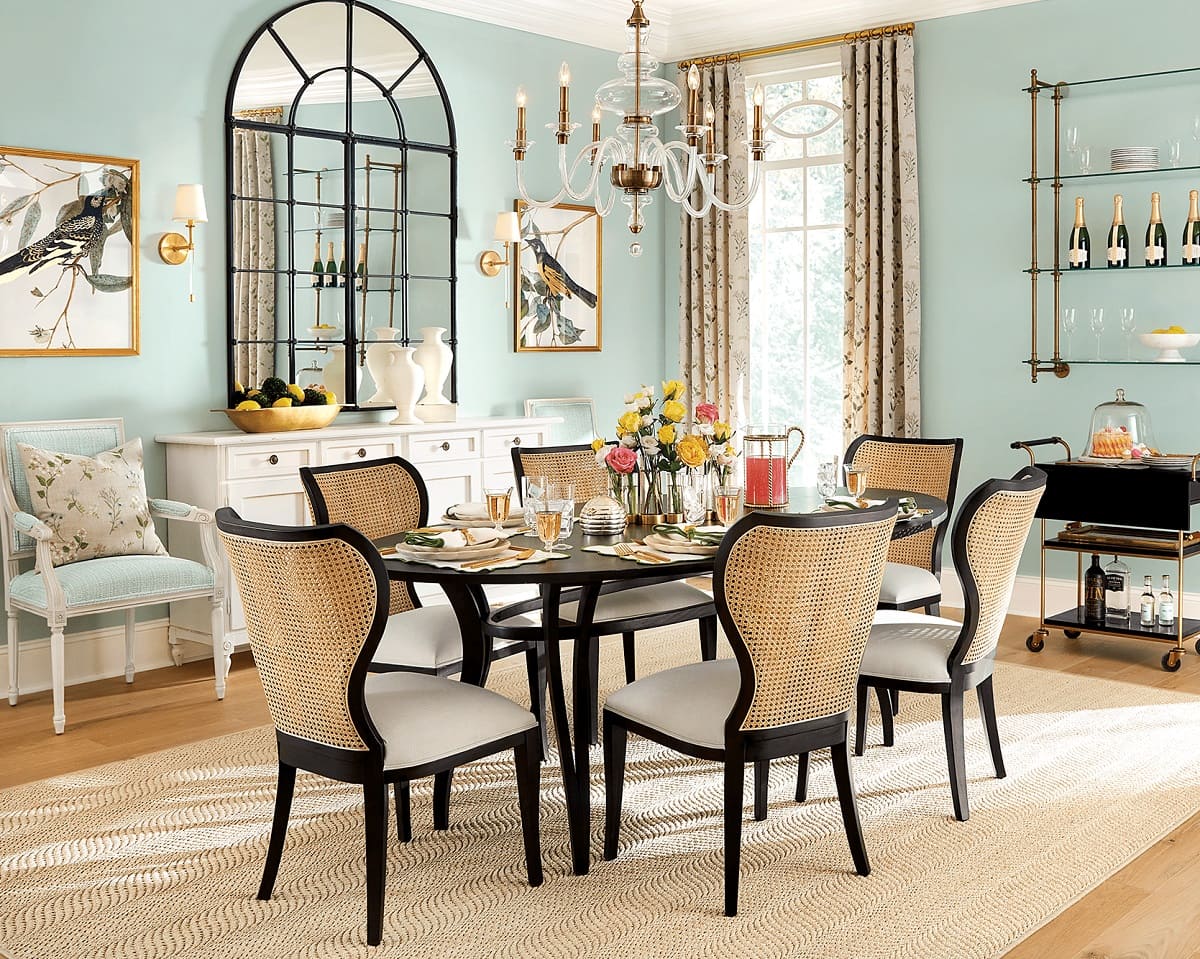
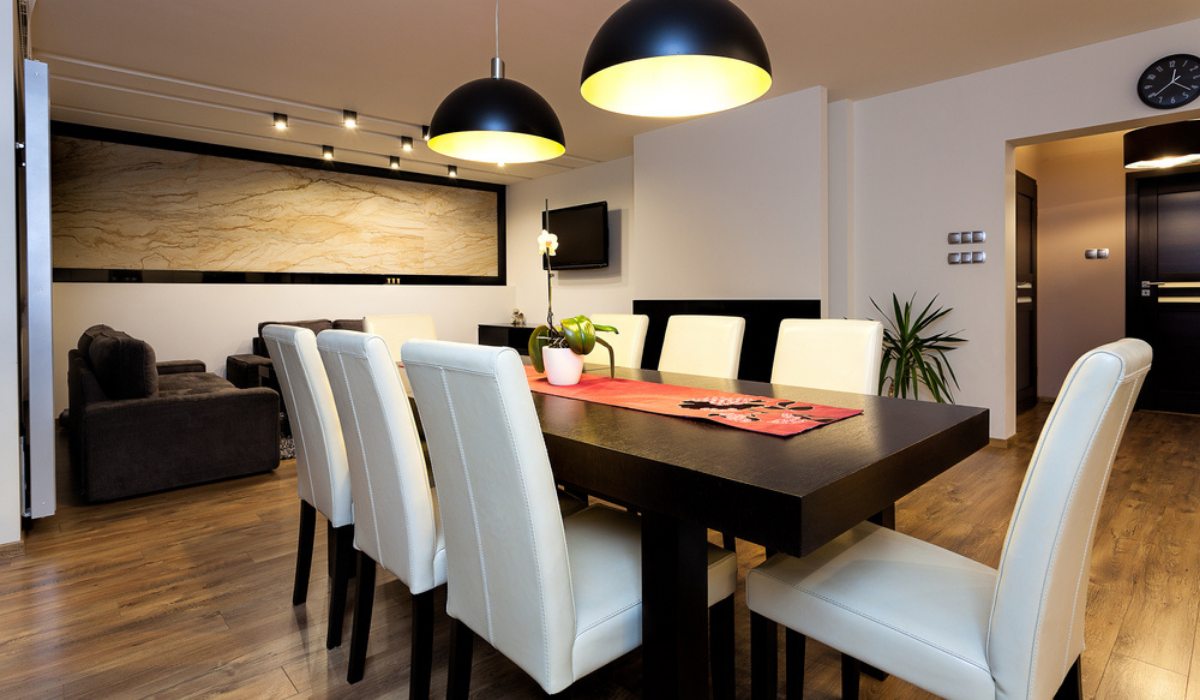
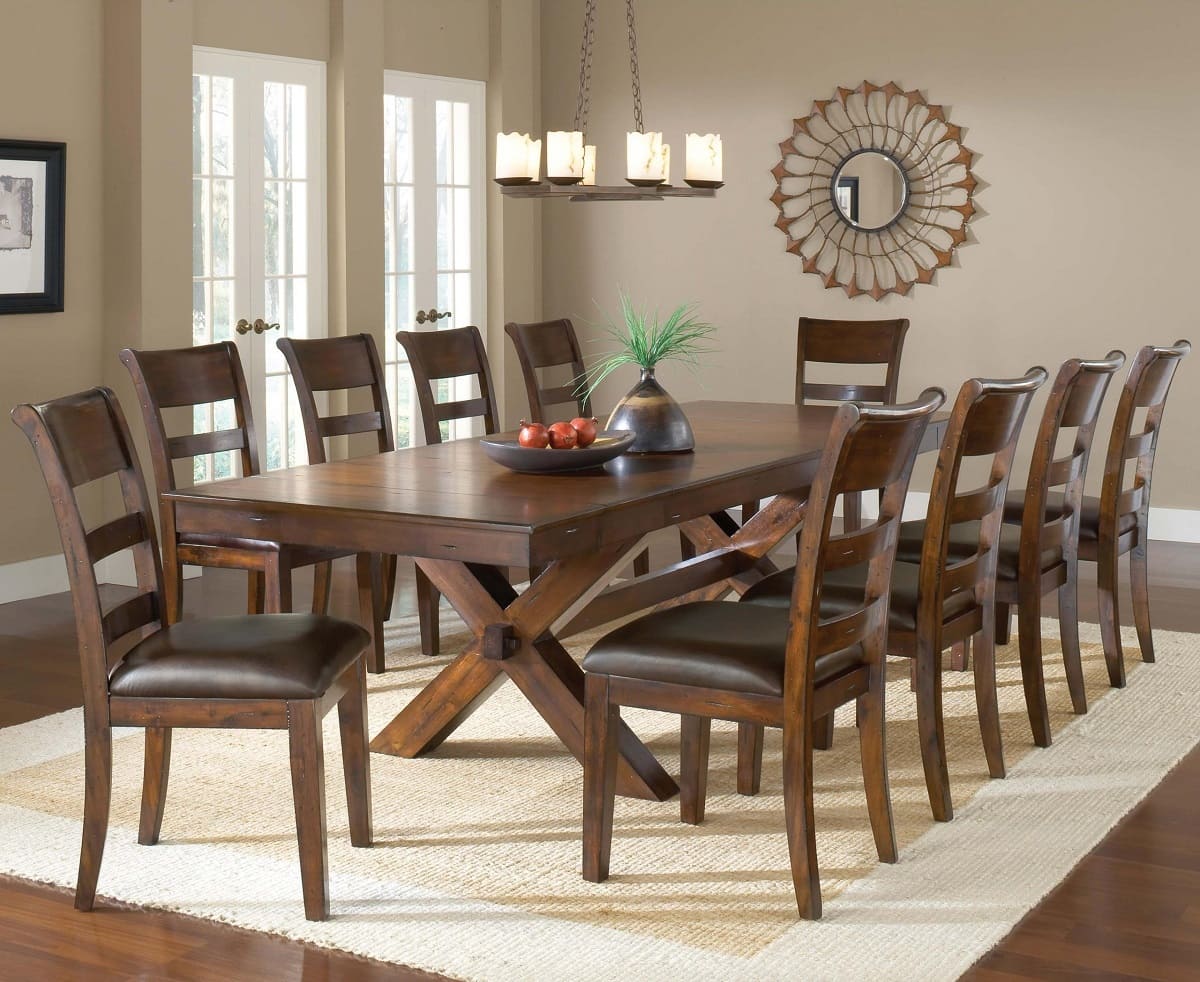
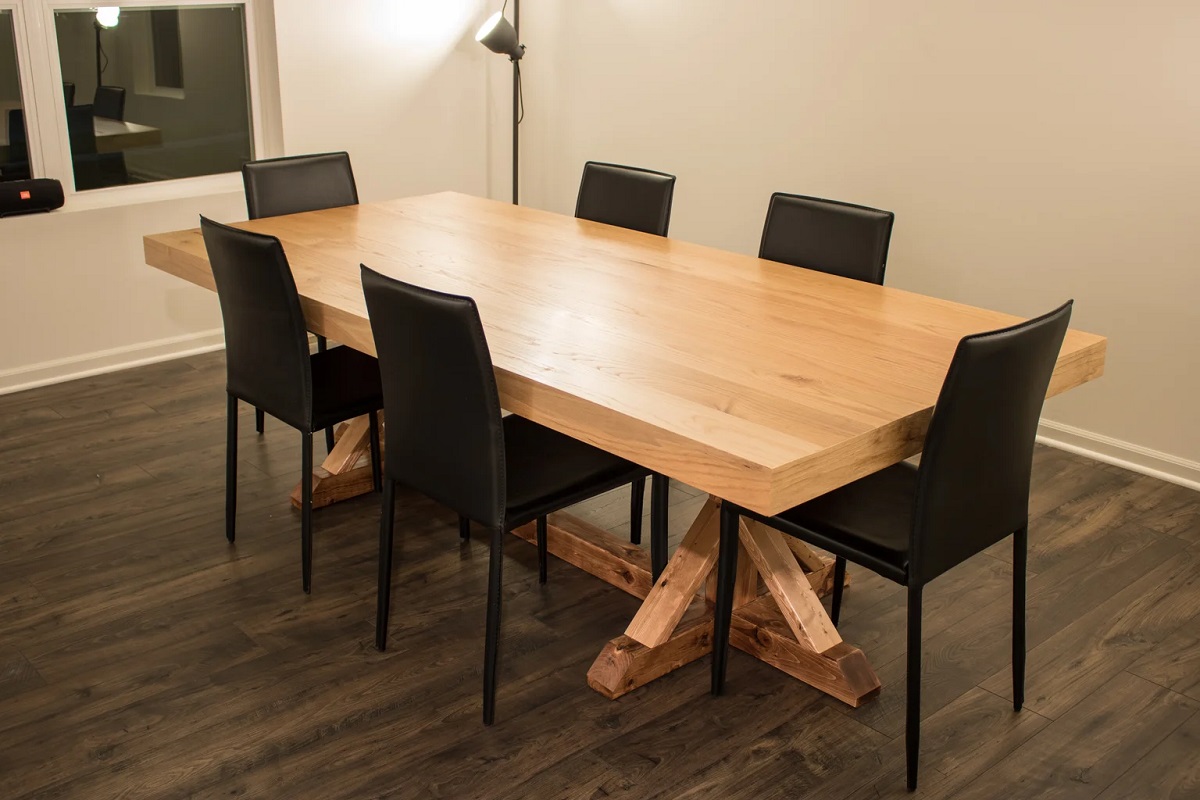
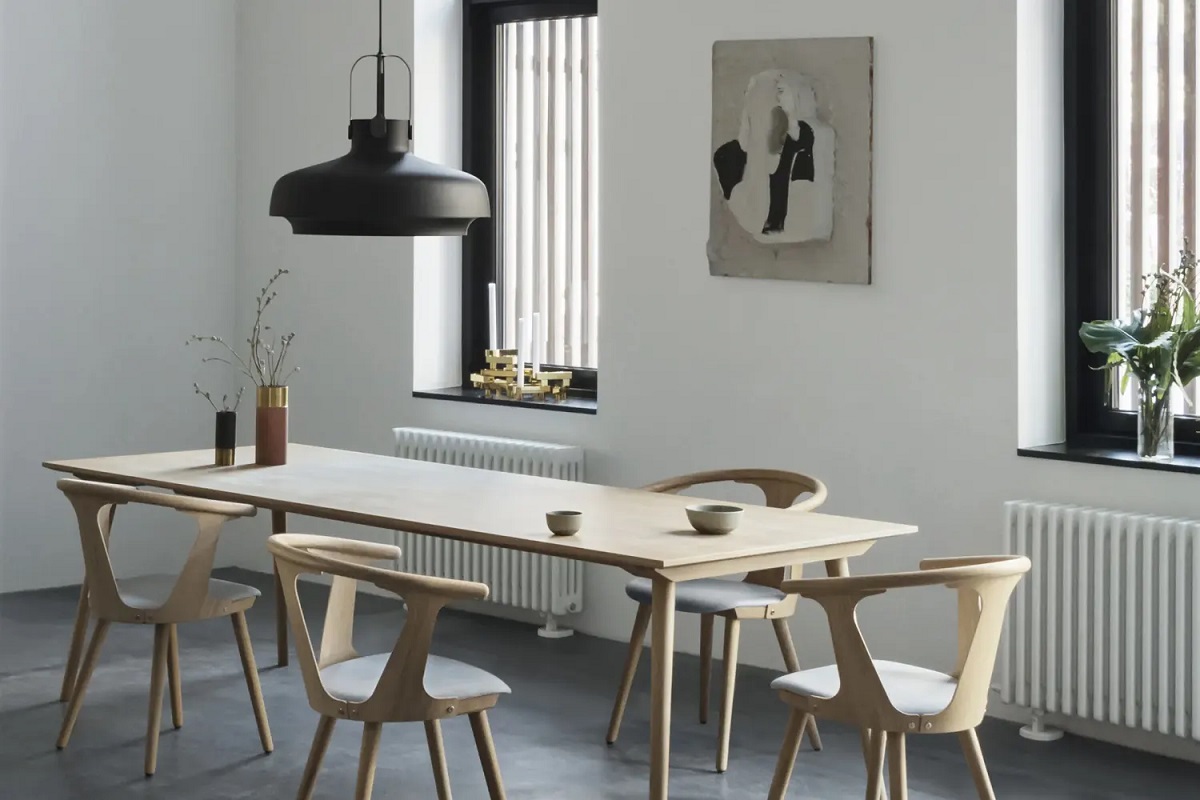
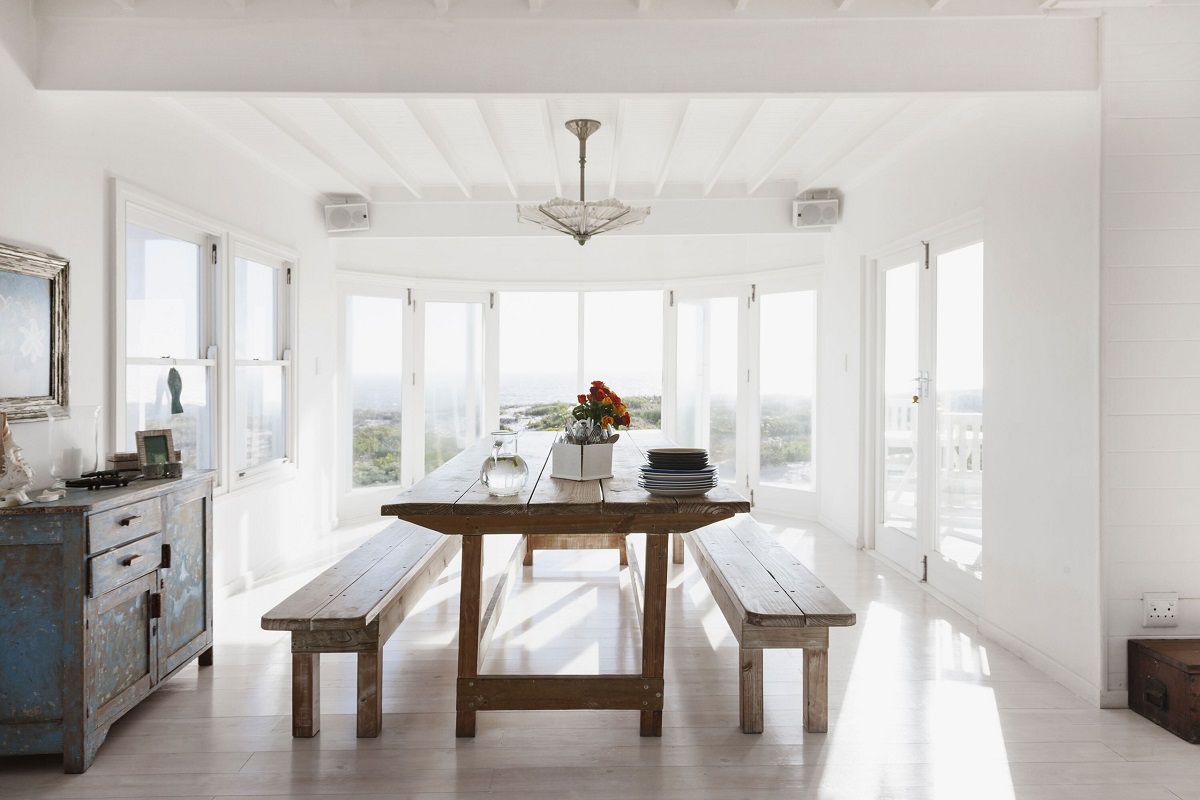
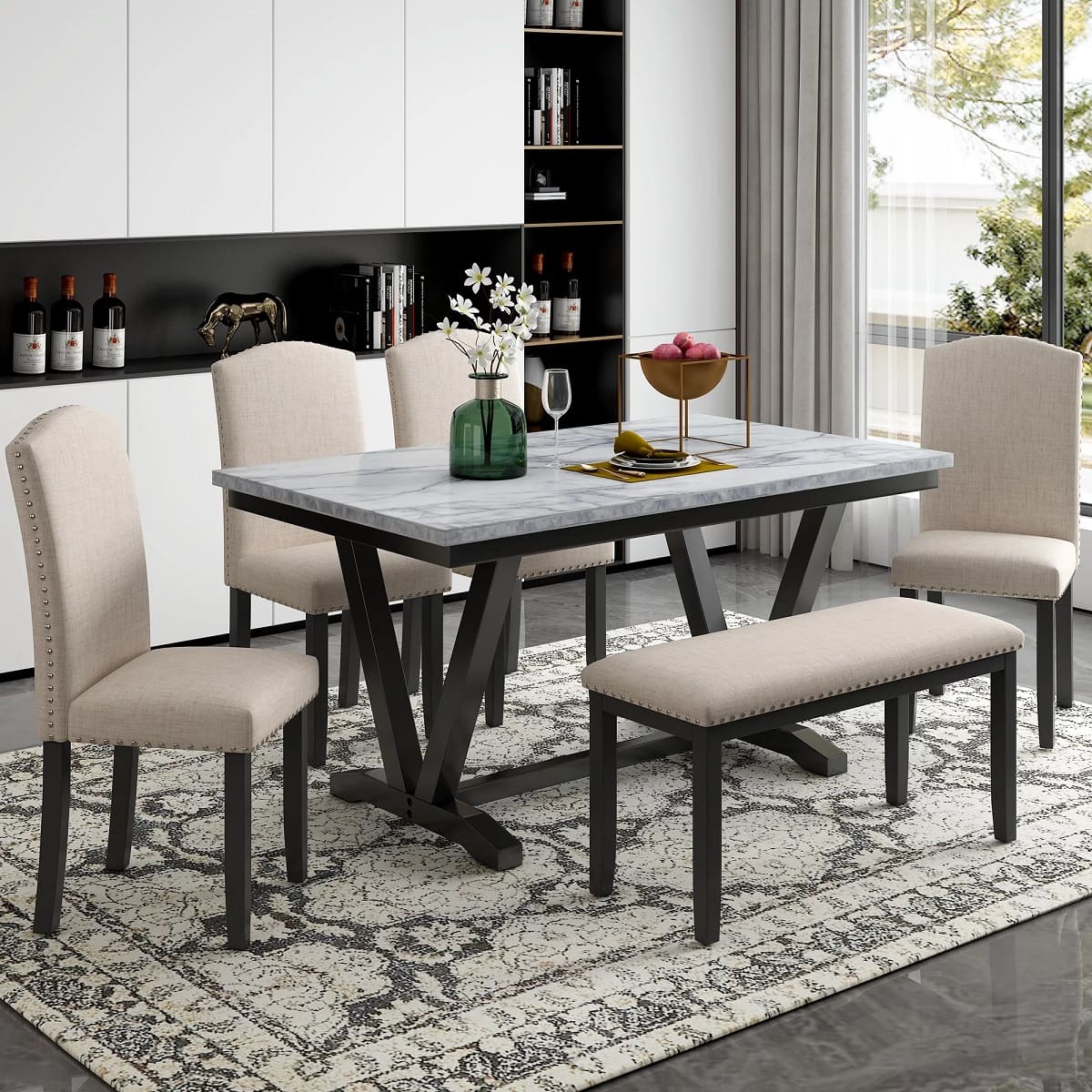

0 thoughts on “How Big Should A Light Over A Dining Table Be”